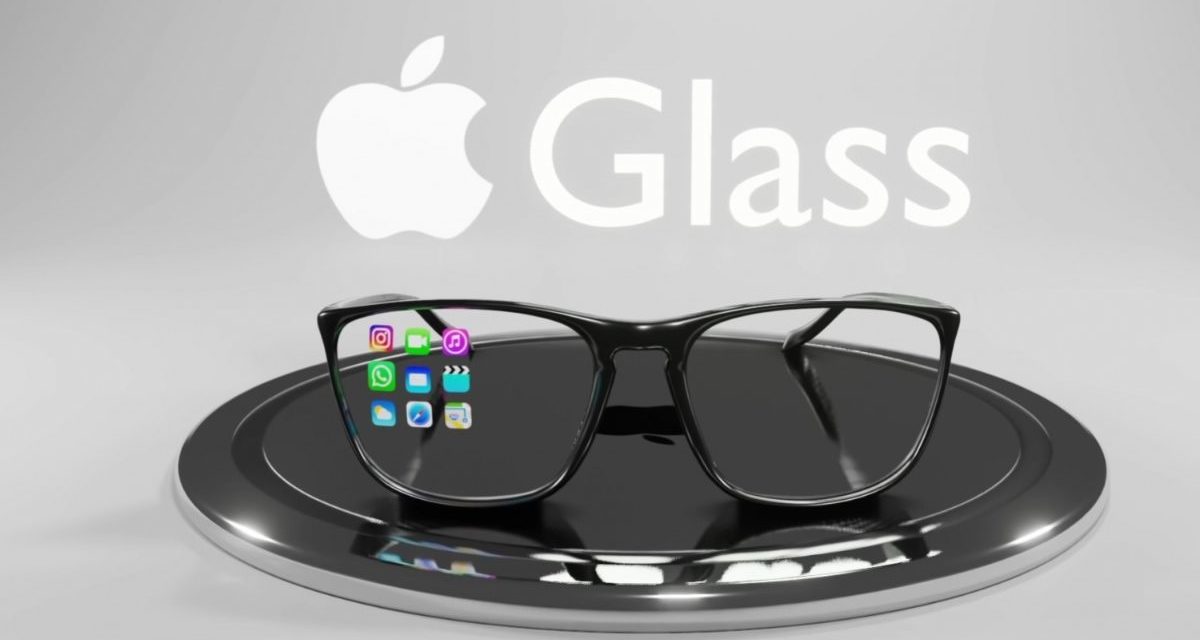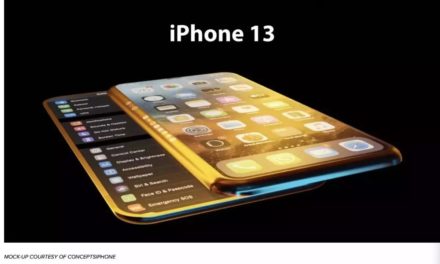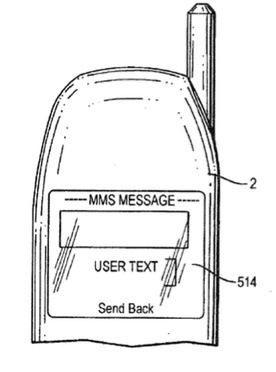Apple has been granted a patent (number 11,054,646) for a “head-mounted display with Fresnel lenses.” It involves the rumored “Apple Glasses,” an augmented reality/virtual reality head-mounted display (HMD).
About the patent
A Fresnel lens is a type of composite compact lens developed by the French physicist Augustin-Jean Fresnel for use in lighthouses. Such lenses are most often used in light gathering applications, such as condenser systems or emitter/detector setups. They can also be used as magnifiers or projection lenses in illumination systems, and image formulation.
Apple says the display system in an HMD may have displays that can be either planar or curved. The optical system may have Fresnel lenses through which a user of the device may view the images. The Fresnel lenses may have curved convex surfaces that face the displays or may be planar.
The Fresnel lenses may have concentric rings with slope facets and draft facets. Light scattering in the Fresnel lenses may be reduced to improve image contrast by coating the draft facets with opaque masking material and/or by aligning concentric rings of the opaque masking material that are supported on a transparent substrate with the draft facets.
Apple says that a central dome portion of the Fresnel lens that is free of facets may be enlarged to reduce scattering. The enses may have wedge-shaped cross-sectional profiles with outer portions that are thicker than inner portions. Gradient-index material may be used in forming the Fresnel lenses.
About the patent
The display system may have displays that produce images. The displays may be either planar or curved. The optical system may have Fresnel lenses through which a user of the head-mounted device may view the images. The Fresnel lenses may have curved convex surfaces that face the displays or may be planar.
The Fresnel lenses may have concentric rings with slope facets and draft facets. Light scattering in the Fresnel lenses may be reduced to improve image contrast by coating the draft facets with opaque masking material and/or by aligning concentric rings of the opaque masking material that are supported on a transparent substrate with the draft facets.
A central dome portion of the Fresnel lens that is free of facets may be enlarged to reduce scattering. The Fresnel lenses may have wedge-shaped cross-sectional profiles with outer portions that are thicker than inner portions. Gradient-index material may be used in forming the Fresnel lenses.
The summary of the patent
Here’s Apple’s summary of the patent: “A head-mounted device may include a display system and an optical system in a housing. The display system may have displays that produce images. The optical system may have Fresnel lenses through which a user of the head-mounted device may view the images. The Fresnel lenses may have concentric rings with slope facets and draft facets angled parallel to the chief rays.
“Light scattering in the Fresnel lenses may be reduced by coating the draft facets with opaque masking material and/or by aligning concentric rings of the opaque masking material that are supported on a transparent substrate with the draft facets. A central portion of the Fresnel lens that is free of facets may be enlarged to reduce scattering. The Fresnel lenses may have wedge-shaped cross-sectional profiles and may have outer portions that are thicker than inner portions. Gradient-index material may be used in forming the Fresnel lenses.
About “Apple Glasses”
When it comes to Apple Glasses, such a device will arrive this year or 2022, depending on which rumor you believe. The Sellers Research Group (that’s me) thinks Apple will at least preview it before the end of the year.
It will be a head-mounted display. Or may have a design like “normal” glasses. Or it may be eventually be available in both. The Apple Glasses may or may not have to be tethered to an iPhone to work. Other rumors say that Apple Glasses could have a custom-build Apple chip and a dedicated operating system dubbed “rOS” for “reality operating system.”
Article provided with permission from AppleWorld.Today




